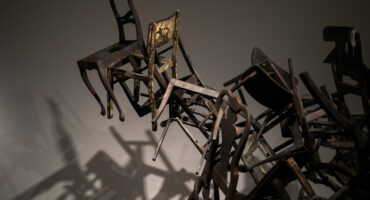PRIMAVERA
Solace can be found through one of the most primeval of experiences we are able to do in today’s world – looking up at the night sky. Despite the light pollution which plagues most of the planet, in certain instances something truly breath-taking can be seen. This month, the Northern Lights, or aurora borealis, were unusually visible right across the UK, due to one of the strongest geomagnetic storms for years hitting Earth, with intense Solar flares being emitted from the Sun. Witnessing such extraordinary phenomena can have a similar effect to how a powerful piece of art can resonate and make us feel.
When we look at the stars in the night sky, we are looking back in time.
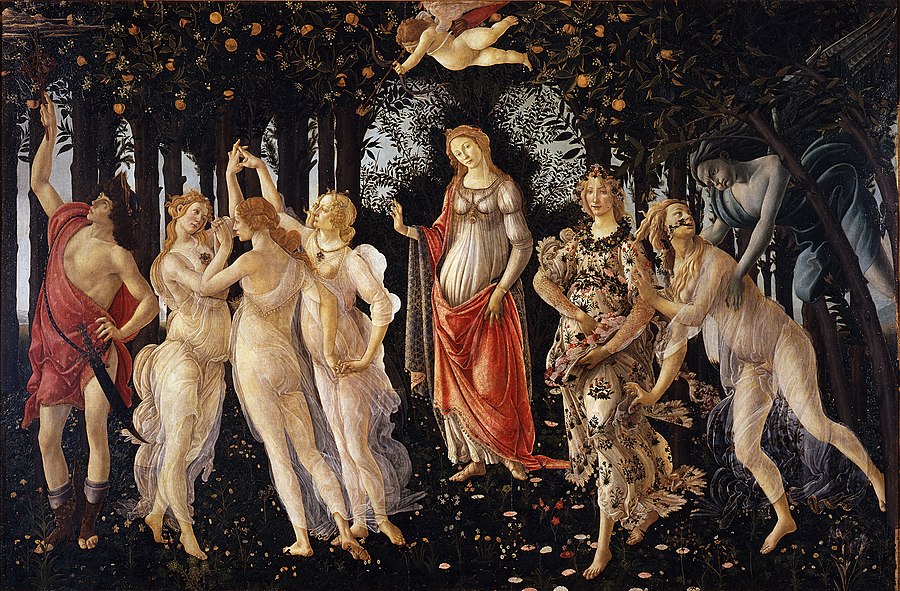
If you were invited to a house on Via Larga (now called Via Cavour) which belonged to the heirs of Lorenzo di Pierfrancesco de ’Medici, the cousin of Lorenzo the Magnificent, art patron and ruler of the Florentine republic towards the end of the fifteenth century, the peak of Florentine dominance, you might have caught sight of a new painting on poplar wood by Sandro Botticelli, which later joined the Uffizi Collection. Known as Primavera, or ‘Spring’ (produced circa 1480), it depicts nine characters from classical mythology in an abundant forest-like, natural setting, a variety of flowers under foot and branches bending above their heads overladen with fruits. The floral motif extends onto the drapery of the goddess Flora, whose gaze towards the viewer and her movement towards us practically out of the picture frame steals attention away from the rather passive Venus at the centre, and the three graces forever locked in a dance. The three male figures are relegated to the side and top of the composition – it is Flora who reigns supreme. Transformed from her nymph-like form Chloris, here is a truly modern, powerful Renaissance woman.
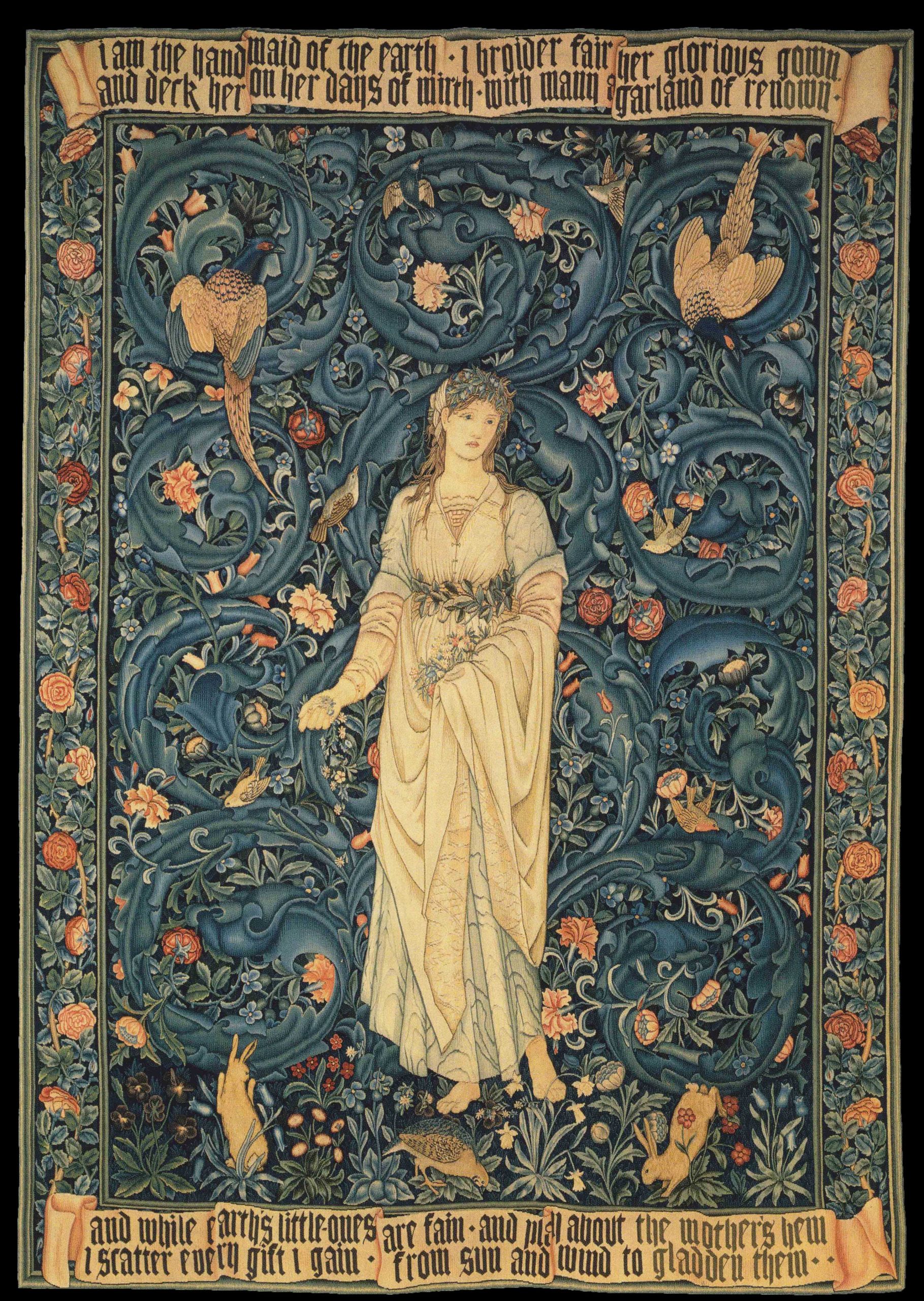
Spring in 21st century London, another metropolis undergoing something of a renaissance, similar themes have been explored. The resurgence of scholarship on female artists has resulted in two important group exhibitions at Tate Britain this year, Women in Revolt! Art and activism in the UK 1970 – 1990 and Now You See Us: Women Artists in Britain 1520-1920 (until 13 October 2024). A number of important retrospectives of female artists have been shown in the capital, such as Angelica Kauffman at the Royal Academy; Yoko Ono at Tate Modern (until 1 September 2024), Barbara Kruger and Judy Chicago at Serpentine (until 1 September 2024, with Lauren Halsey opening 4 October 2024) and Zineb Sidira (with a nod to Sonia Boyce) at Whitechapel. A fascinating show Portraits to Dream In pairs the work of Julia Margaret Cameron and Francesca Woodman at the National Portrait Gallery, two female photographers who lived a century apart, and yet shared an affinity and contemporaneity in using photography to tell stories and emotions (until 16 June 2024). More female photographers were on view at Photo London. Galerie Nev presented rare gelatin silver prints by Yıldız Moran, Turkey’s first professional female photographer. Collectively titled The Disquiet of Still Life, included vignettes from her travels throughout Europe and Africa, including visiting the Uffizi Gallery in Florence. A younger generation of female Turkish photographers followed suit, Sinem Dişli with Martch Art Project, and Larissa Araz with Versus Art Project. Both Turkish artists investigate the natural history of Turkey, Dişli photographing a recently discovered cave in Istanbul, and Araz fascinated with taxonomy, and stereotypes of the ‘orient’.


The exhibition which arguably generated the most headlines, was also dominated by female practitioners, Unravel: The Power and Politics of Textiles in Art at the Barbican Art Gallery. Nine artists chose for their works to be removed as a sign of protest after the Barbican cancelled a lecture by Pankaj Mishra during London Review of Books Winter Lecture Series. A telling reminder of ways in which artists’ actions can challenge power structures, and that absence be a potent form of resistance.
The works that remain, illustrate the diverse ways textiles have been utilised by artists since the 1960s to communicate their ideas and tell vital stories of oppression, survival, and the strength of the human spirit. The medium has been historically undervalued in the western canon of art history, relegated to ‘craft’, and marginalised away from the category of ‘fine art’. Such distinctions are today rightly being challenged – and this show goes someway in asserting the importance of large-scale works in textile that must be considered as legacy projects on a par with those executed in paint or stone. Rozsika Parker’s Subversive Stitch, a book first published in 1984, gives the first section its heading – highlighting how women artists have gone well beyond the traditional ‘domestic’ confines of embroidery, with standout works by Judy Chicago and Tracey Emin. Other key works in the exhibition include seminal pieces by Faith Ringgold, Cecilia Vicuña, Violeta Parra, and Teresa Margolles.


The season continued in London with a strong focus on materials, with the twentieth edition of Ceramic Art London and Collect by the Crafts Council, and the tenth edition of London Craft Week, with independent festivals springing up, such as Clerkenwell Design Week and Park Royal Design District, revealing the diverse range of makers in different communities. The Design East took over Bargehouse at the Oxo Tower Wharf for a pop-up titled (Un)common Threads, the third edition of a showcase of work made from many different materials such as found fibres, organic matter and traditionally weaving, by artists from North Africa, the Gulf, India, Palestine, and South America. Another series of exhibitions of note which focus on contemporary approaches to textile and fibre art are being curated by Murtaza Vali at Green Art Gallery, Dubai, the second, Reverberations: Textile as Echo is on show until 27 July 2024, and features the work of M’barek Bouhchichi, Sayan Chanda, Himali Singh Soin and Swapnaa Tamhane.
Learn more about ITERARTE’s Variations project, which commissions new creations manufactured by artisans, inspired by artworks from our contemporary artists.
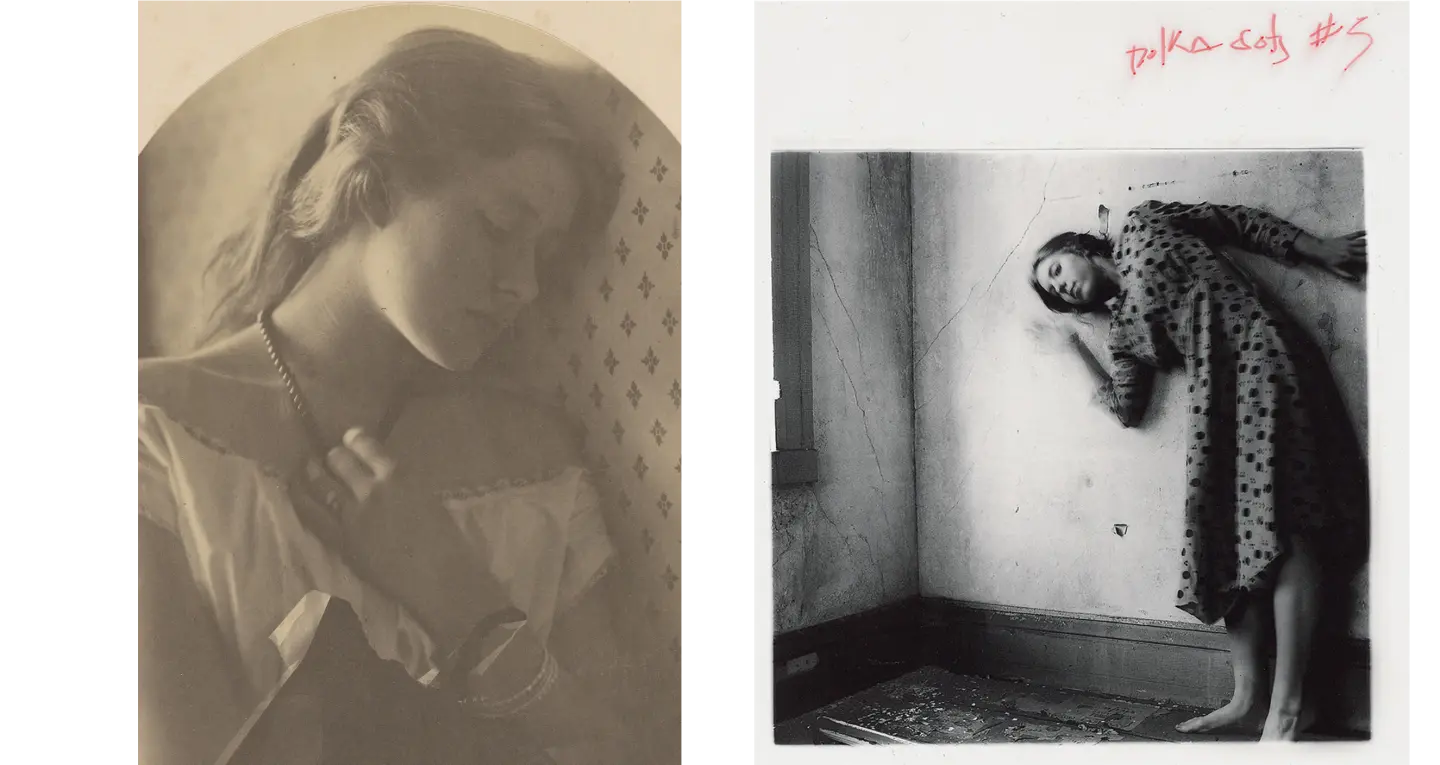
Flora, by William Morris (1891)
I am the handmaid of the earth,
I broider fair her glorious gown,
And deck her on her days of mirth
With many a garland of renown.
And while Earth's little ones are fain
And play about the Mother's hem
I scatter every gift I gain
From sun and wind to gladden them.
Related Articles
 Read more +19 February 2025 By Melis Yilmaz in COMPASS
Read more +19 February 2025 By Melis Yilmaz in COMPASSThe Time is Now: How Artists Respond to the Idea of Time
The Magazine
Recent Posts
-
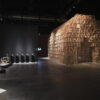
Cultural Diplomacy and Artistic Dialogues: Exploring ‘Beneath the Gaze of the Palms’
Cultural Diplomacy and Artistic Dialogues: Expl... -

The Time is Now: How Artists Respond to the Idea of Time
THE TIME IS NOW: HOW ARTISTS RESPOND TO THE IDE... -

Cultural Crossroads: Stories of Exchange
CULTURAL CROSSROADS: STORIES OF EXCHANGE Januar... -
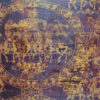
Colour Series Part IV: Purple
COLOUR SERIES PART IV: PURPLE The colour purple... -
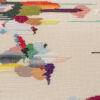
On Embroidery & Motherhood with Iliodora Margellos
On Embroidery & Motherhood with Iliodora Ma...
WANT TO STAY UPDATED WITH ITERARTE LATEST ACTIVITES AND NEWS?
Sign up to our newsletter to be one of the first people to access our new art, learn all about our latest launches, and receive invites to our exclusive online and offline art events.

